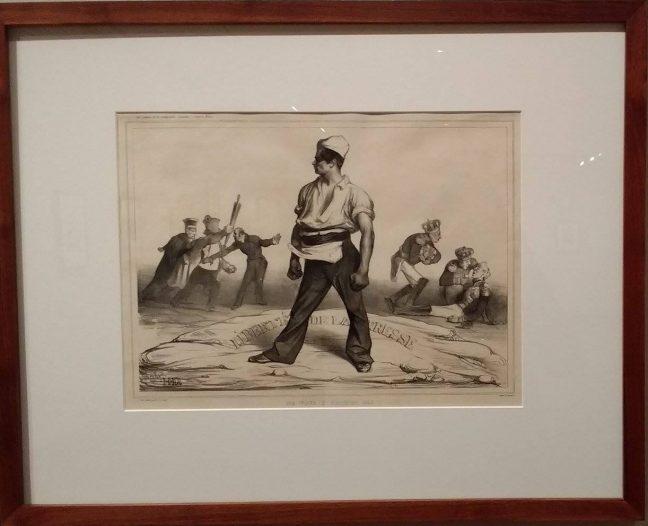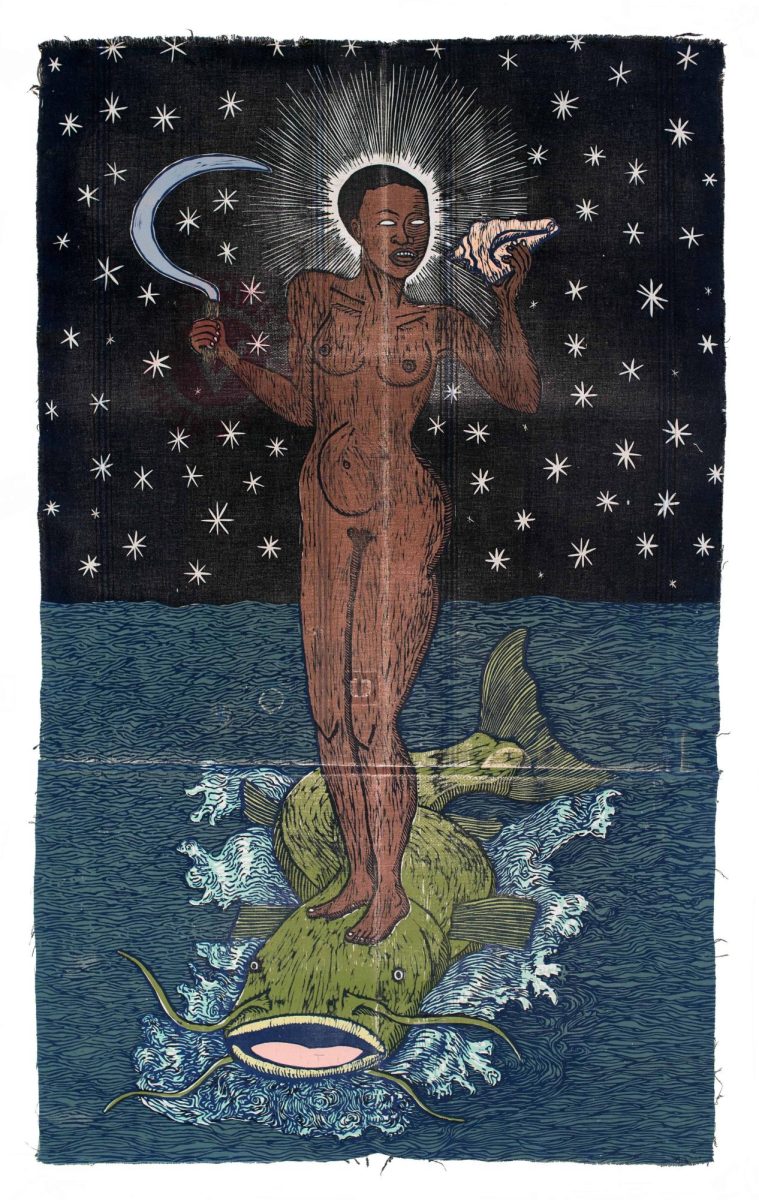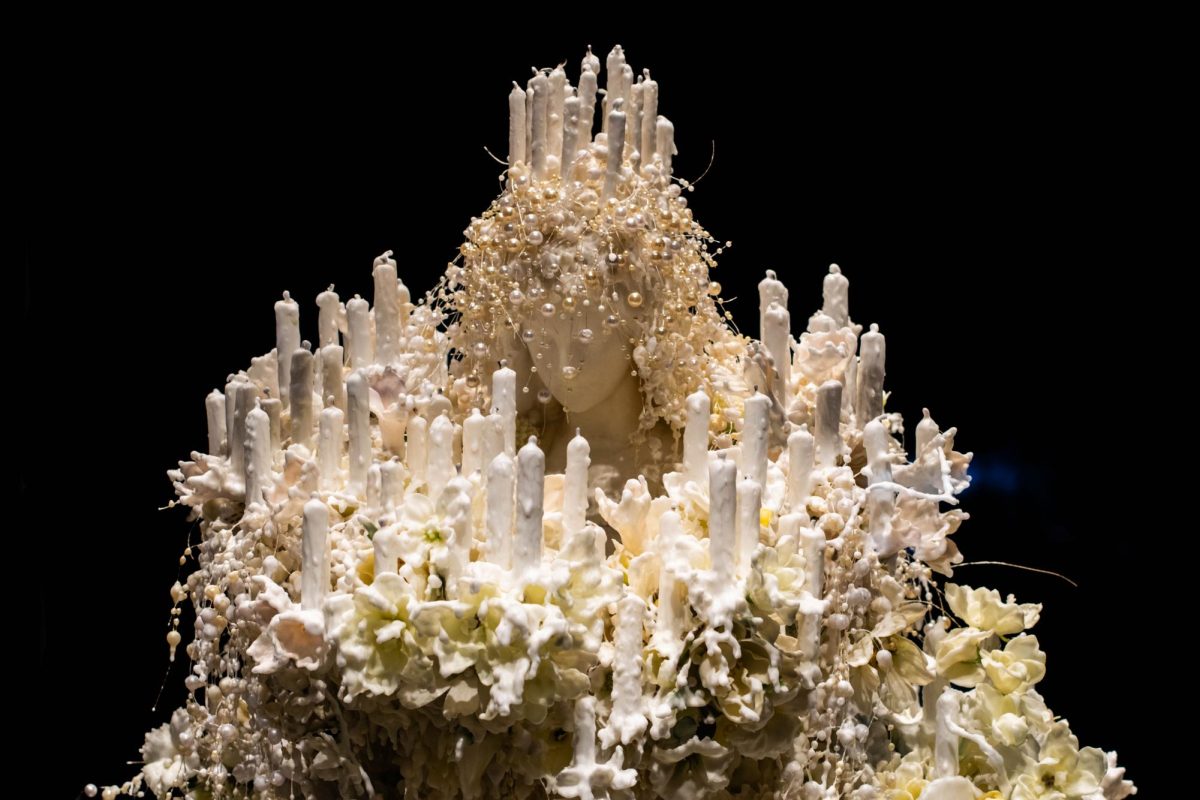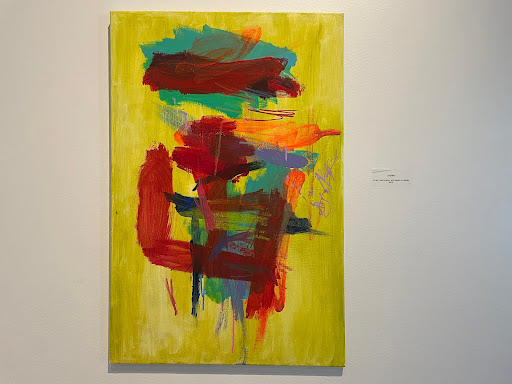Using art as social commentary, printmaker Honoré Daumier gives viewers a glimpse into the complex history of 19th-century French society and its politics through a unique lithography and use of fictional characters as satirical tools.
The exhibit at the Chazen Museum of Art is a collection of Daumier’s prints that largely represent his criticisms of King Louis Philippe I and groups who made up the most flawed aspects of society.
Daumier, a popular French satirist, used his art to target the daily ironies and flaws he noticed within social classes and politics in France, notably in the 1830s when Philippe came to power.
Due to the new government supporting freedom of the press, Daumier criticized the king in his work openly until the government started to reject the idea of political satire in 1835. Nevertheless, Daumier continued his satirical work through the use of fictional characters. He gave them distinctive physical features that made them easily identifiable in each image he created.

Some earlier works on display portray the king in a negative fashion. In his print titled “Very Humble, Very Obedient, Very Submissive, and Most of All, Very Voracious Subjects,“ he criticizes the king’s treatment of his subjects, and the print “The Sleep of France” shows him as lazy and uninterested in the needs of the people.

The most well-known character Daumier used in his prints, Macaire, appears in a number of his pieces on display. This character was originally from a popular play at the time, but the French government banned it due to its somewhat controversial subject matter. Several pieces on display from his series “Caricatures,” including “Number 76,” as well as his piece “Robert Macaire, Business Agent,” portray Macaire in the midst of numerous questionable business deals or interactions, satirizing the frauds in society and the people who contribute to them.
Other characters, including Rifolard, Prudhomme and Ratapoil, serve different purposes in his satirical caricatures. All characters serve as political commentary or bring to light the discrepancies and conflicts arising within social classes at the time.
Daumier’s series “The Bluestockings,“ is also represented in the exhibit. These pieces portray the growing number of educated, intellectual women in French society as well as the public’s often negative reaction to this change. The prints from this series give a remarkable glimpse into the issue of gender inequality in the 1800s.

“Daumier Lithographs: Characters and Caricatures” is on display from now until Feb. 19 in the Leslie and Johanna Garfield Galleries of the Chazen Museum of Art.














